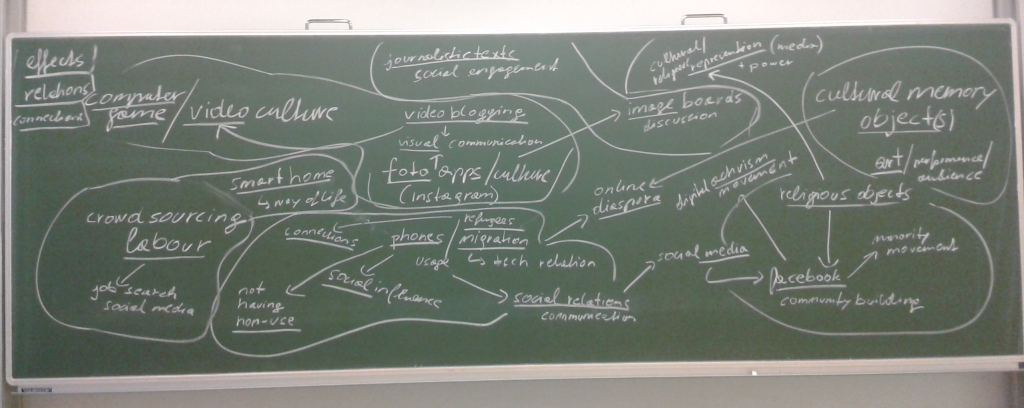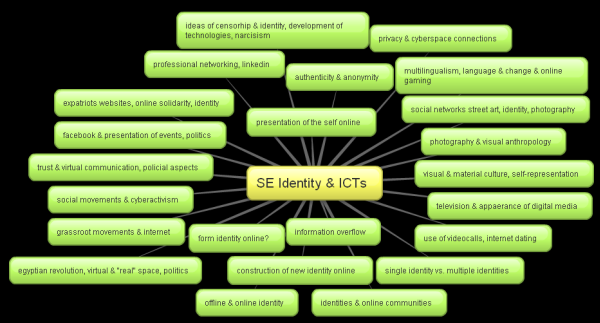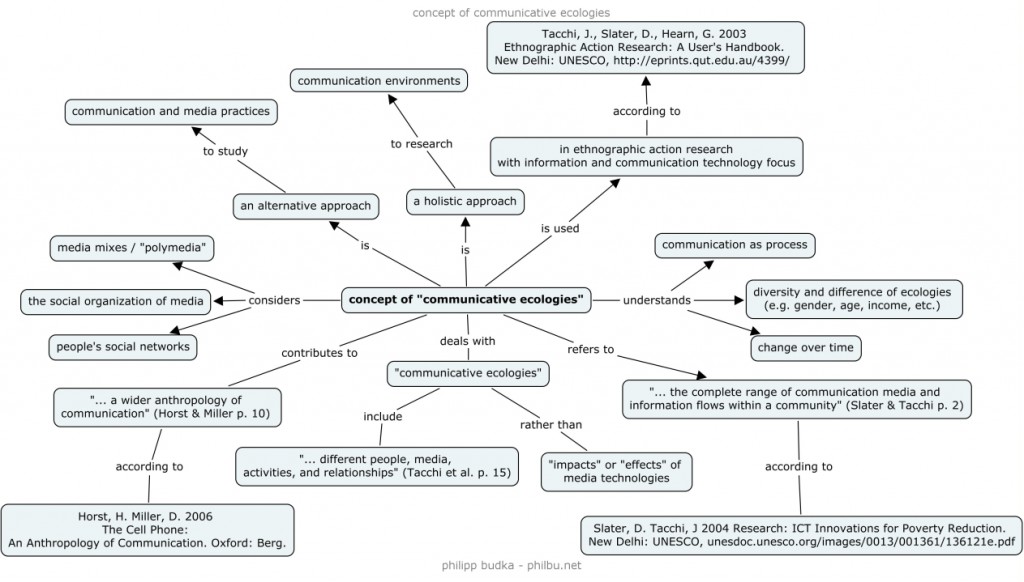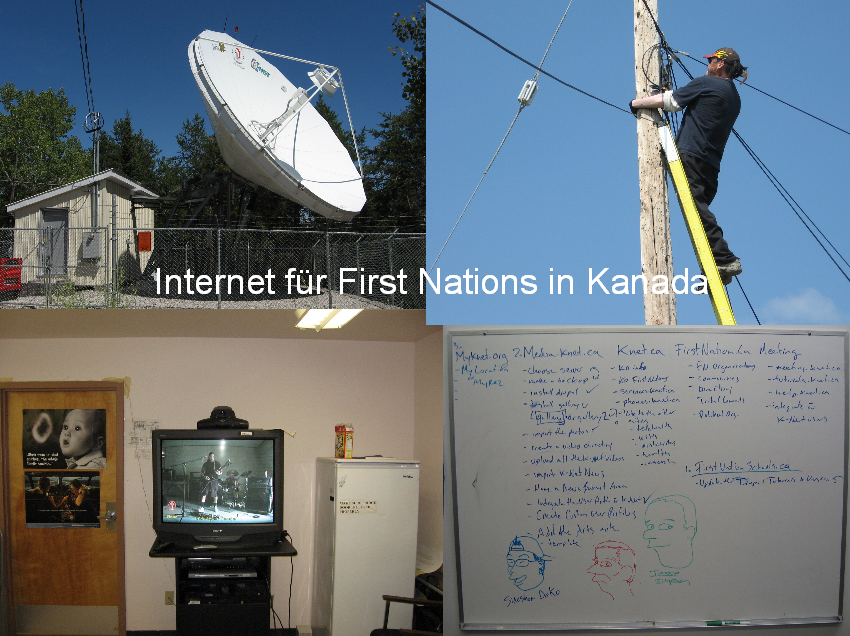Again, I have the pleasure to teach the Seminar “Indigenous Media” for the MA Program in Visual and Media Anthropology at the Free University Berlin. Find below a brief description of the course.
In the seminar “Indigenous Media” students get an introduction to indigenous media technologies. In ten seminar units selected questions, issues, and problems are discussed: How do indigenous people produce, distribute, and utilize audiovisual media? How has ethnographic and anthropological film making changed? What role do politics, power, globalization, and (post-)colonialism play in the production and use of indigenous media? How do indigenous people utilize media to construct and negotiate their individual and collective identities? How are indigenous cultures and languages represented through media? And how do indigenous people appropriate and (co-)develop digital technologies in times of increasing globalization?
We start with the contextualization of indigenous media within the framework of an anthropology of media. In the second unit students are introduced to selected debates about the meaning and relevance of (mass) media for indigenous people and their culture. We then discuss ethnographic film making and visual anthropology in the context of indigenous people’s changing role from “objects” for ethnographic films to partners in media projects. The fourth unit deals with the phenomena of (post-)colonialism and decolonization and their implications for indigenous media. This discussion leads us to the self-controlled production of indigenous media and its relevance for issues such as (self-)representation, appropriation, control, and empowerment. Globalization, modernity, and related questions of collective indigenous identity construction – “indigeneity” – are the topics of the next unit. The following three sessions are closely connected and discuss aspects of identity, community, networking, ownership, activism, empowerment, aesthetics, poetics, and popular culture in relation to indigenous media. In the final unit students learn about the importance of digital technologies and infrastructures for indigenous people, their activist projects, and networking initiatives.
Through several case studies students are introduced to the similarities and differences of indigenous media projects throughout the world. These case studies take us to different regions, countries, and continents: from Nunavut, Canada, and the US to the Caribbean, Guatemala, Mexico, and Brazil, to Nigeria, Myanmar, Australia and Finland. The seminar’s assignments include the reading of selected articles, the watching of films and videos, and the discussion of these in small essays. The online conference tool Adobe Connect is used to present and discuss aspects of texts, films, and essays.



